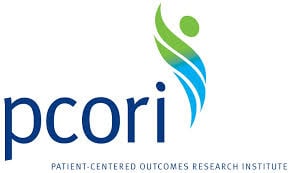Exploring Partial Self-Insurance as A Viable Option for Nonprofits
Increasing healthcare costs, ACA compliance, balancing ever-precarious budgets, retaining valuable staff…midsize nonprofit organizations must consider many factors related to offering and managing group health coverage these days. More than ever, they need a better solution to the dilemma of providing mandated and high-quality employee healthcare while also watching the bottom line.
.png?width=1501&name=Nonstop_Logo-22-Horizontal%20(2).png)









